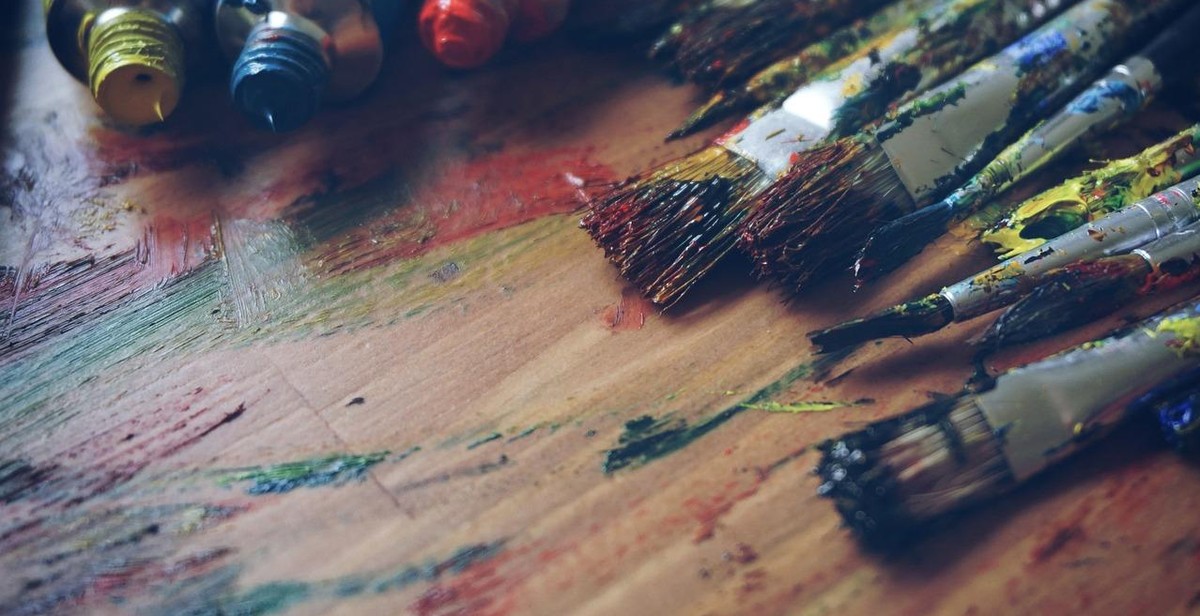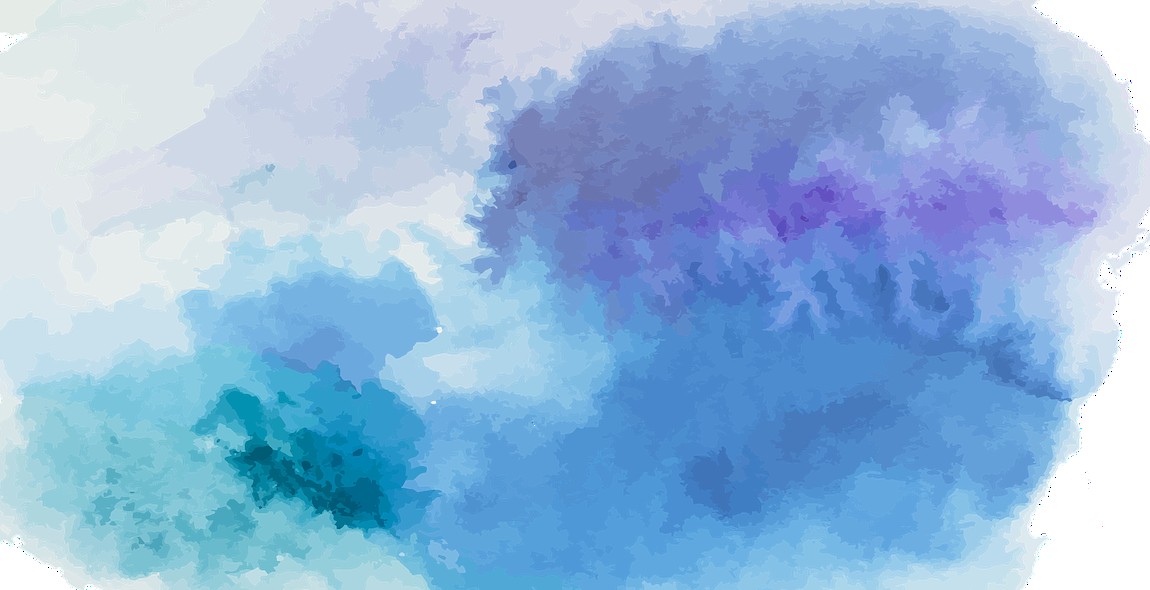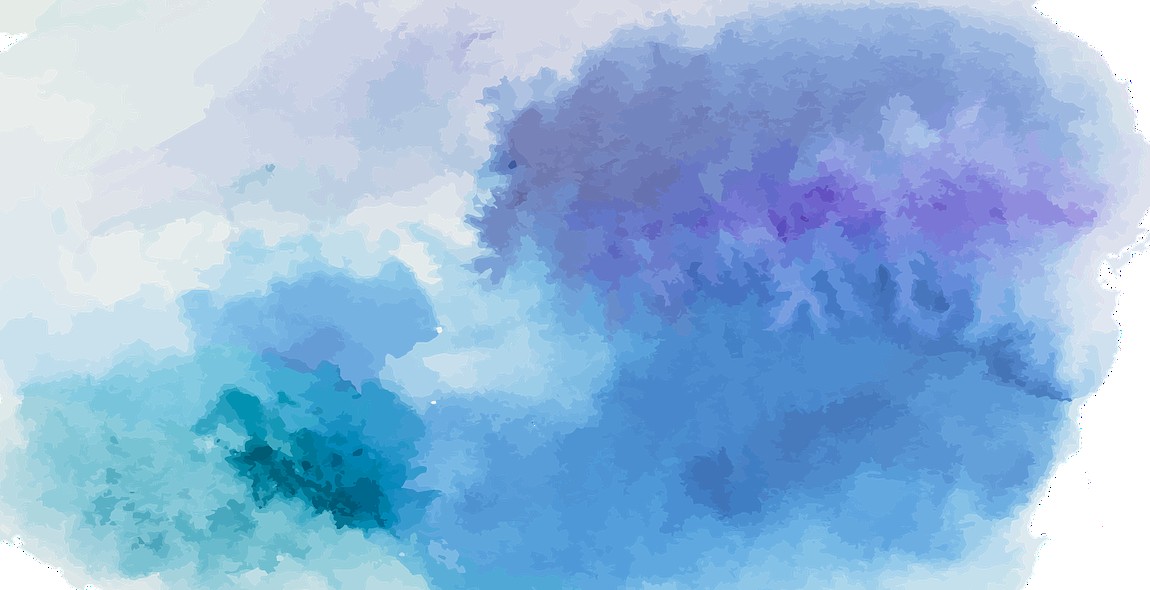How to Paint with Watercolors: Techniques for Creating Beautiful Watercolor Artworks
Watercolor painting is a fascinating art form that requires patience, practice, and a deep understanding of color and composition. My journey with watercolors began when I was a child, and my mother gave me a set of watercolor paints. I remember spending hours experimenting with different colors and techniques, and I fell in love with the way the colors blended together and created beautiful, ethereal effects.
As I grew older, my love for watercolors never faded, and I continued to explore the medium, experimenting with different techniques and styles. Over the years, I have learned that watercolor painting is a versatile art form that can be used to create everything from delicate floral paintings to bold, abstract landscapes.
In this article, I will share some of the techniques and tips that I have learned over the years, including how to choose the right materials, how to create different effects with watercolors, and how to develop your own unique style. Whether you are a beginner or an experienced artist, this article will provide you with the knowledge and inspiration you need to create beautiful watercolor artworks.
Choosing the Right Materials
Before you begin painting with watercolors, it’s important to choose the right materials. You will need high-quality watercolor paper, a variety of watercolor paints, and a set of brushes. It’s also a good idea to invest in a mixing palette, a water container, and a blotting cloth.
Understanding Color and Composition
Watercolor painting is all about understanding color and composition. You will need to learn how to mix colors to create the perfect shades and how to arrange your composition to create a dynamic and visually pleasing artwork.
Exploring Different Techniques
There are many different techniques that you can use when painting with watercolors, from wet-on-wet to dry brush. Each technique creates a different effect, and it’s important to experiment to find the techniques that work best for your style.
Developing Your Style
Finally, it’s important to develop your own unique style when painting with watercolors. Whether you prefer bold, bright colors or soft, subtle shades, your style should reflect your personality and your artistic vision.

Materials Needed for Watercolor Painting
Watercolor painting is a beautiful and versatile medium that can be used to create stunning works of art. However, to achieve the best results, it is important to have the right materials. Here are the essential materials needed for watercolor painting:
Watercolor Paints
The most important material for watercolor painting is, of course, the paint. Watercolor paints are available in tubes or pans. Tubes are the most common and are ideal for artists who need a lot of paint. Pans, on the other hand, are great for artists who work on a smaller scale or need to travel with their paints. It is recommended to invest in high-quality watercolor paints, as they provide better pigment and are easier to work with.
Watercolor Paper
Watercolor paper is specially designed to absorb water and paint, allowing for the creation of beautiful, textured artworks. It is available in different weights and textures, with rough, cold-pressed, and hot-pressed being the most common. Rough paper provides the most texture, while hot-pressed paper is smoother and ideal for fine details. It is important to choose the right paper weight for the type of painting you want to create. Lighter weights are best for sketches and studies, while heavier weights are more suitable for finished works.
Watercolor Brushes
Watercolor brushes come in a variety of shapes and sizes, with each brush having a specific purpose. Round brushes are the most versatile and can be used for everything from washes to fine details. Flat brushes are ideal for creating straight lines and large washes, while fan brushes are great for creating texture. It is recommended to invest in high-quality brushes, as they hold more water and paint and provide better control.
Palette
A palette is used to hold and mix watercolor paints. It can be made of plastic, metal, or porcelain. Porcelain palettes are the most popular, as they are easy to clean and don’t stain. It is important to choose a palette with enough wells to hold all the colors you need and with enough space to mix them.
Conclusion
Having the right materials is essential for watercolor painting. By investing in high-quality paints, paper, brushes, and a palette, artists can create beautiful and vibrant works of art.

Watercolor Techniques
Watercolor painting is a beautiful art form that requires a unique set of techniques. Here are five watercolor techniques that you can experiment with to create stunning paintings:
Wet-on-wet Technique
The wet-on-wet technique involves applying wet paint onto wet paper. This technique allows the colors to blend together seamlessly, creating a soft and dreamy effect. To use this technique, wet your paper with a clean brush and water, and then apply your paint quickly before the paper dries. This technique is perfect for creating landscapes, skies, and backgrounds.
Dry Brush Technique
The dry brush technique involves using a dry brush with very little water and paint. This technique creates a rough and textured effect, perfect for creating details such as tree bark, rocks, and hair. To use this technique, dip your brush into the paint and remove any excess water by wiping it on a paper towel. Then, apply the paint with quick, short strokes.
Wet-on-dry Technique
The wet-on-dry technique involves applying wet paint onto dry paper. This technique creates sharp and defined edges, perfect for creating details such as petals, leaves, and buildings. To use this technique, wet your brush with water and paint, and then apply the paint onto dry paper.
Splatter Technique
The splatter technique involves flicking paint onto your paper to create a spattered effect. This technique is perfect for creating stars, snowflakes, and other small details. To use this technique, dip your brush into the paint and then tap it against another brush or your finger to create splatters.
Lifting Technique
The lifting technique involves removing paint from your paper to create highlights and textures. This technique is perfect for creating clouds, waves, and other textured surfaces. To use this technique, wet your brush with water and then gently rub it over the area you want to lift. Then, blot the area with a paper towel to remove the paint.
By experimenting with these watercolor techniques, you can create beautiful paintings that are unique and full of character.

Creating Watercolor Artworks
Watercolor painting is a beautiful and delicate art form that requires practice and patience. With the right techniques, you can create stunning artworks that capture the essence of your subject. Here are some tips for creating watercolor artworks:
Landscape Painting
When painting landscapes, it’s important to start with a light wash of colors for the sky and background. Gradually build up the colors and details in the foreground using a variety of brush strokes and techniques. Experiment with wet-on-wet and wet-on-dry techniques to create different effects and textures. Don’t be afraid to use bold colors to capture the vibrancy of nature.
Flower Painting
Watercolor is the perfect medium for capturing the delicate beauty of flowers. Start by sketching the outline of the flower using a light pencil. Then, use a light wash of color to fill in the petals and leaves. Gradually build up the layers of colors, adding shadows and highlights to create depth and dimension. Experiment with different brush strokes to create different textures and effects.
Portrait Painting
Painting portraits with watercolor can be challenging, but also rewarding. Start with a light sketch of the face and features using a pencil. Use a light wash of color to fill in the skin tone, gradually building up the layers of color to create depth and dimension. Pay close attention to the shadows and highlights, as they will help to create a realistic portrait. Use a variety of brush strokes and techniques to create different textures and effects.
Still Life Painting
Still life paintings are a great way to practice your watercolor techniques. Start with a light sketch of the objects using a pencil. Use a light wash of color to fill in the objects, gradually building up the layers of color to create depth and dimension. Pay close attention to the shadows and highlights, as they will help to create a realistic still life. Experiment with different brush strokes and techniques to create different textures and effects.
| Technique | Description |
|---|---|
| Wet-on-wet | Applying wet paint onto a wet surface to create a soft and blended effect. |
| Wet-on-dry | Applying wet paint onto a dry surface to create crisp and defined edges. |
| Dry brush | Using a dry brush to create a textured effect by dragging the brush across the paper. |
| Splattering | Flicking paint onto the paper to create a splattered effect. |
With these techniques and tips, you can create beautiful watercolor artworks that capture the essence of your subject. Practice and experiment with different techniques to find your own unique style.

Conclusion
Watercolor painting is a beautiful and rewarding art form that requires patience, practice, and a willingness to experiment. By following the techniques outlined in this article, you can create stunning watercolor artworks that showcase your creativity and individual style.
Remember to:
- Invest in high-quality watercolor paints, brushes, and paper
- Practice different techniques, such as wet-on-wet and dry brushing
- Experiment with color mixing and layering
- Be patient and take your time
- Enjoy the process and have fun!
Additional Tips:
Here are a few additional tips to keep in mind as you continue to develop your watercolor painting skills:
- Try painting from life rather than relying solely on photographs
- Use a limited color palette to create cohesive and harmonious artworks
- Don’t be afraid to make mistakes – they can often lead to beautiful and unexpected results
- Take breaks as needed to prevent burnout and maintain a fresh perspective
| Remember: | Watercolor painting is a journey, not a destination. With time, patience, and practice, you can create beautiful artworks that reflect your unique style and vision. |
So go ahead and grab your paintbrushes – it’s time to start creating!
